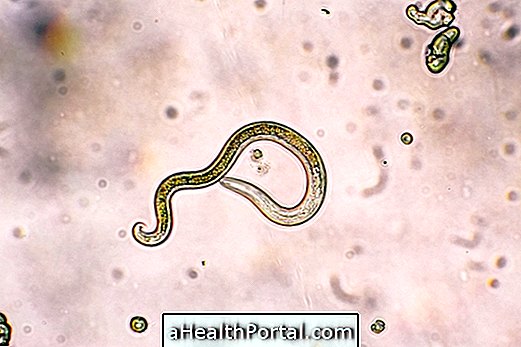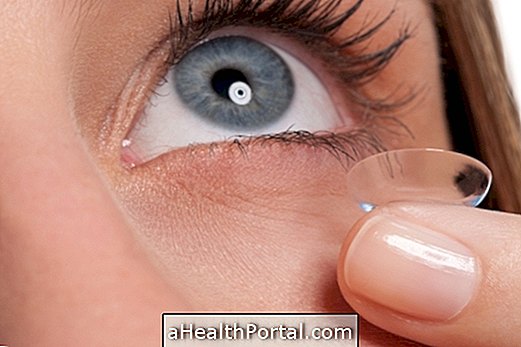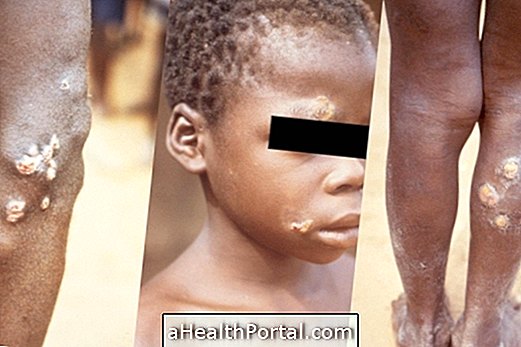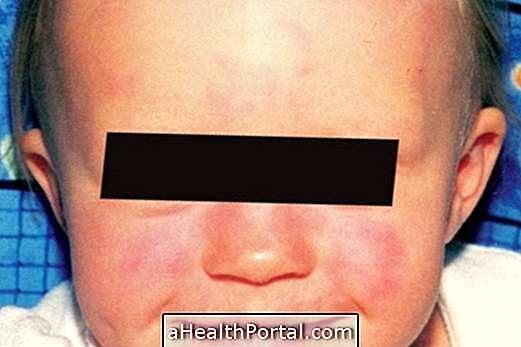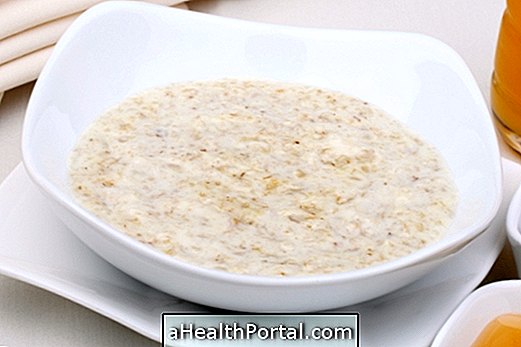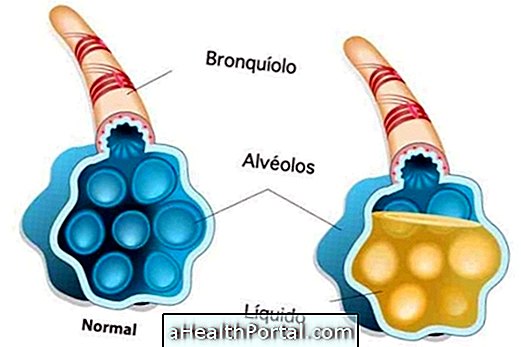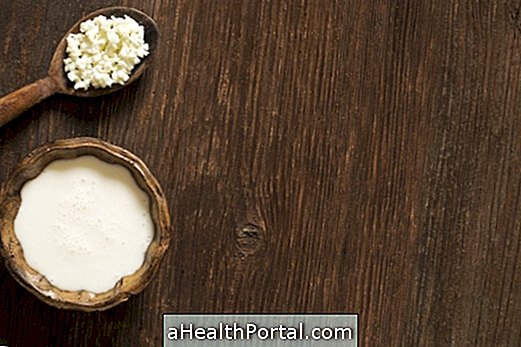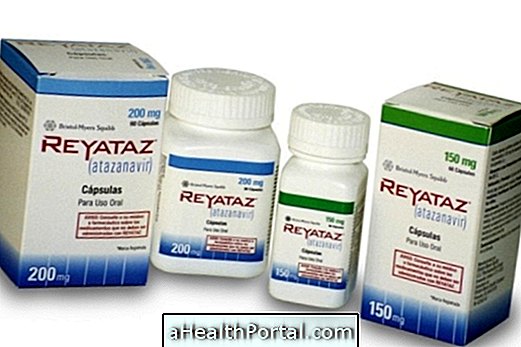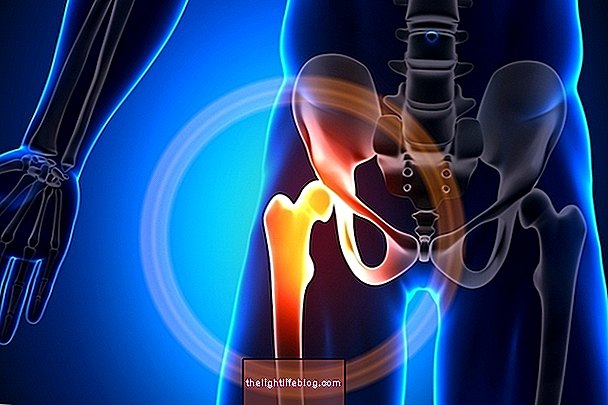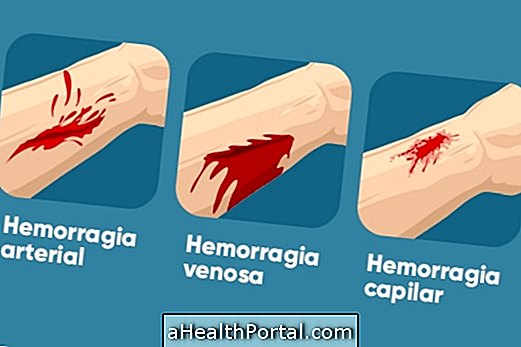Cysticercosis is a parasitic disease caused by the ingestion of water or foods such as vegetables, fruits or vegetables contaminated with eggs of a specific type of Tinea, Taenia solium . People who have this tapeworm in the gut may not develop cysticercosis, but they release eggs in the stool that can contaminate vegetables or meats, causing the disease in others.
After three days of ingesting the eggs of Tinea, they pass from the intestine into the bloodstream and lodge in tissues such as muscle, heart, eyes or brain, forming cysts, known as cysticerci, which can ignite, swell and even cause neurological problems. When eggs penetrate the nervous system, the disease is identified as cerebral cysticercosis or neurocysticercosis.

Main symptoms
The symptoms of cysticercosis vary according to the affected site, being:
- Brain : headache, seizures, mental confusion or coma;
- Heart : palpitations, difficulty in breathing or noisy breathing;
- Muscles : local pain, swelling, inflammation, cramps or difficulty in movements;
- Skin : swelling of the skin, which usually does not cause pain and can be mistaken for a cyst;
- Eyes : difficulty in seeing or loss of vision.
Diagnosis of cysticercosis can be done with imaging tests such as x-rays, CT scans, ultrasound, or MRI, as well as examination of the cerebrospinal fluid in the brain or blood tests.
Cysticercosis life cycle
The life cycle of cysticercosis can be represented as follows:

Cysticercosis is acquired by man through the ingestion of water or food contaminated with the eggs of the Tinea. Eggs, about 3 days after being ingested, can pass from the intestine into the bloodstream, where they circulate through the body and lodge in tissues such as the brain, liver, muscles, or heart, causing human cysticercosis.
Tapeworm eggs can be released through the stool of an individual with teniasis, which can contaminate soil, water or food that can then be ingested by man, pig or ox. Learn more about Teniasis and how to distinguish these two diseases.
How is the treatment done?
Treatment for cysticercosis is usually done with antiparasitic medicines like Praziquantel or Albendazole, for example. In addition, anticonvulsant medications may be needed to prevent seizures, as well as corticosteroids or surgery to remove Tinea larvae, depending on the individual's health status and the severity of the disease.
